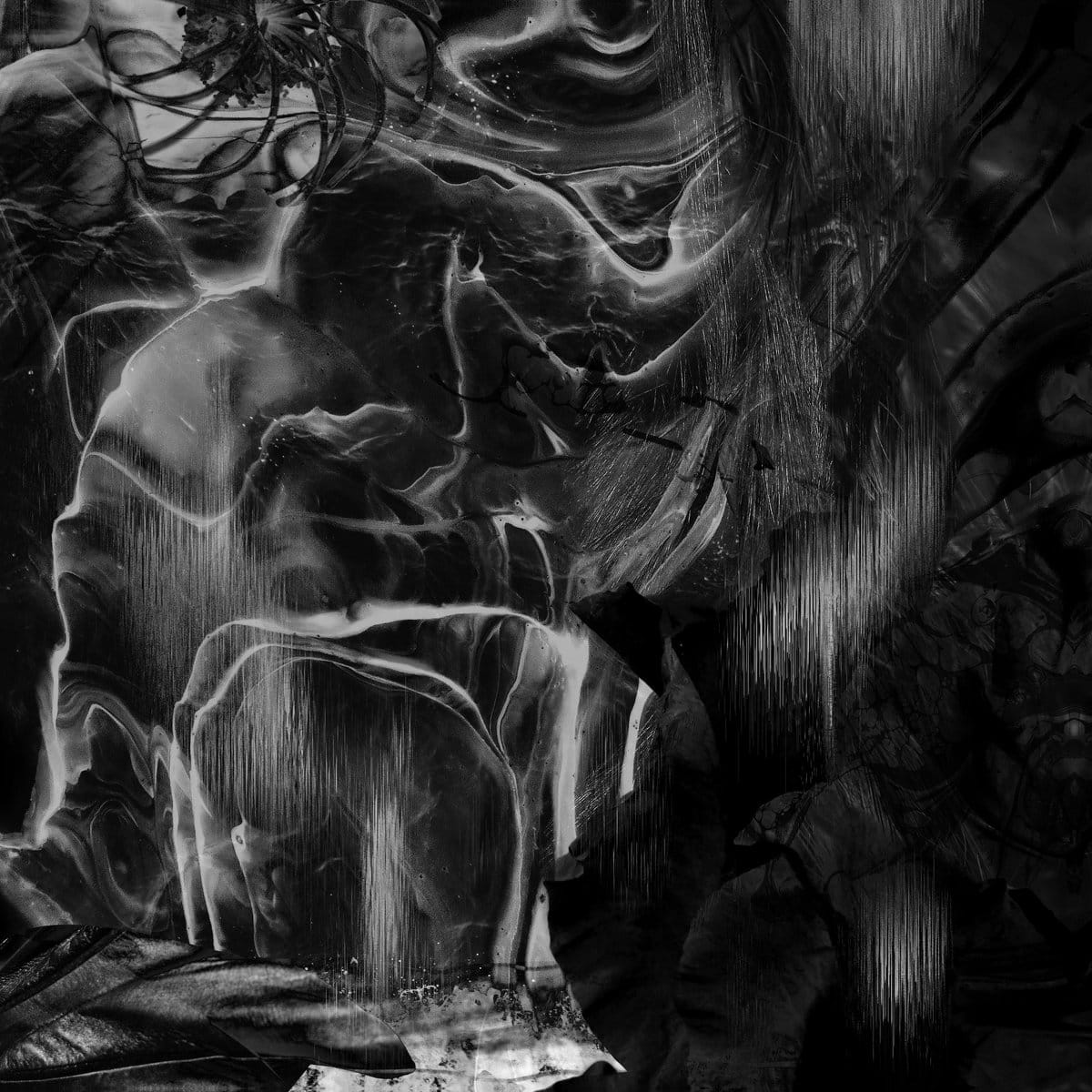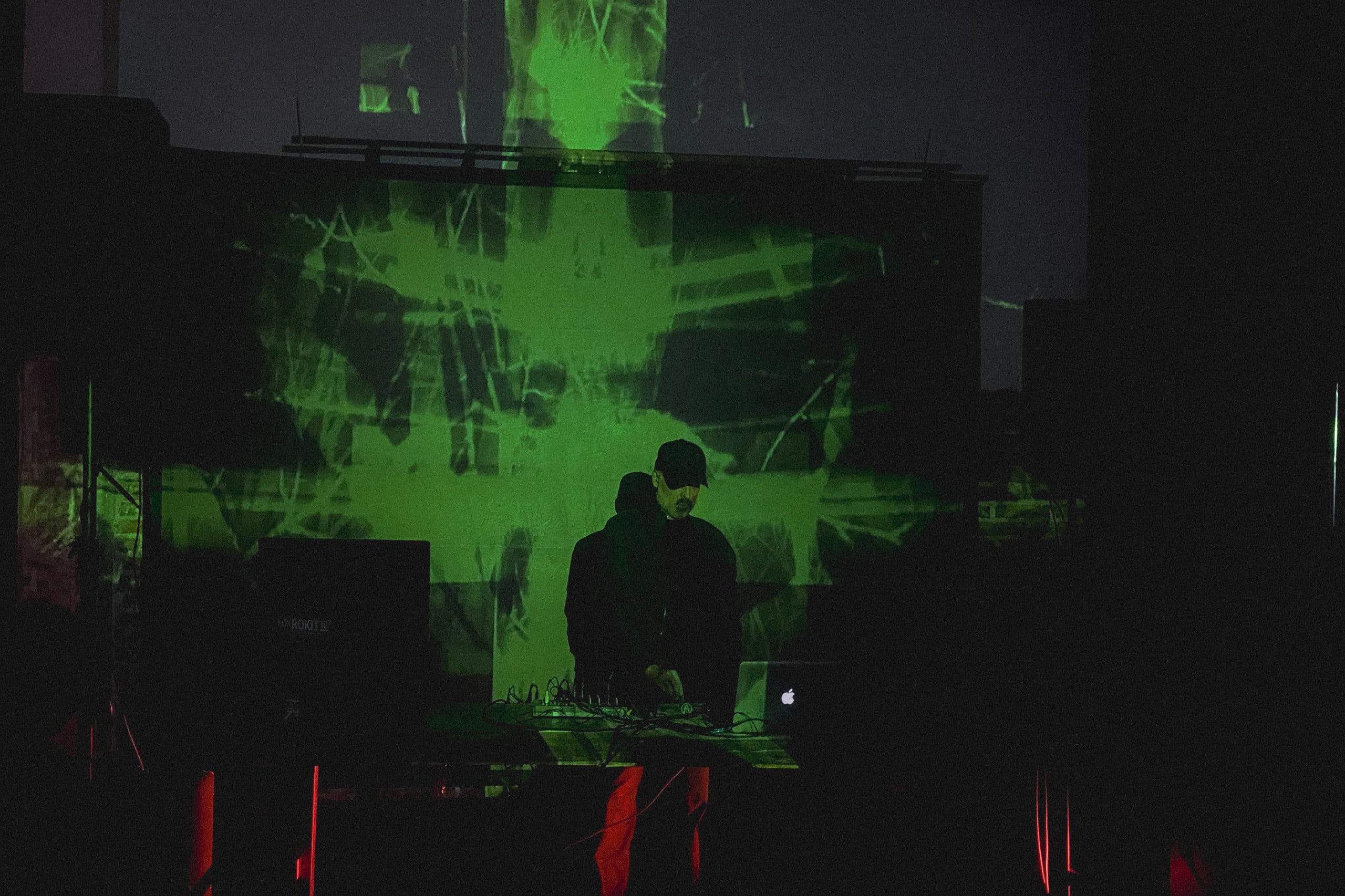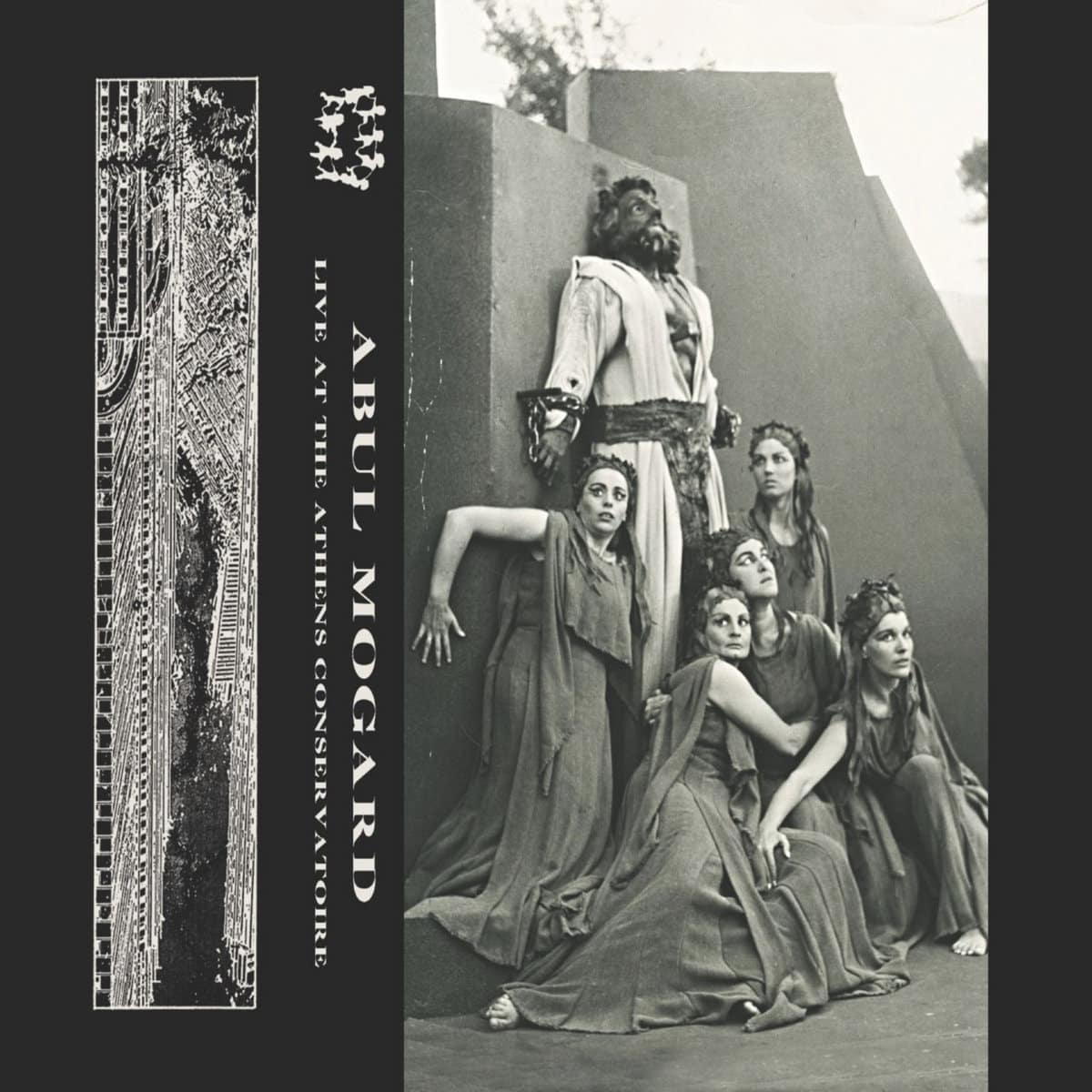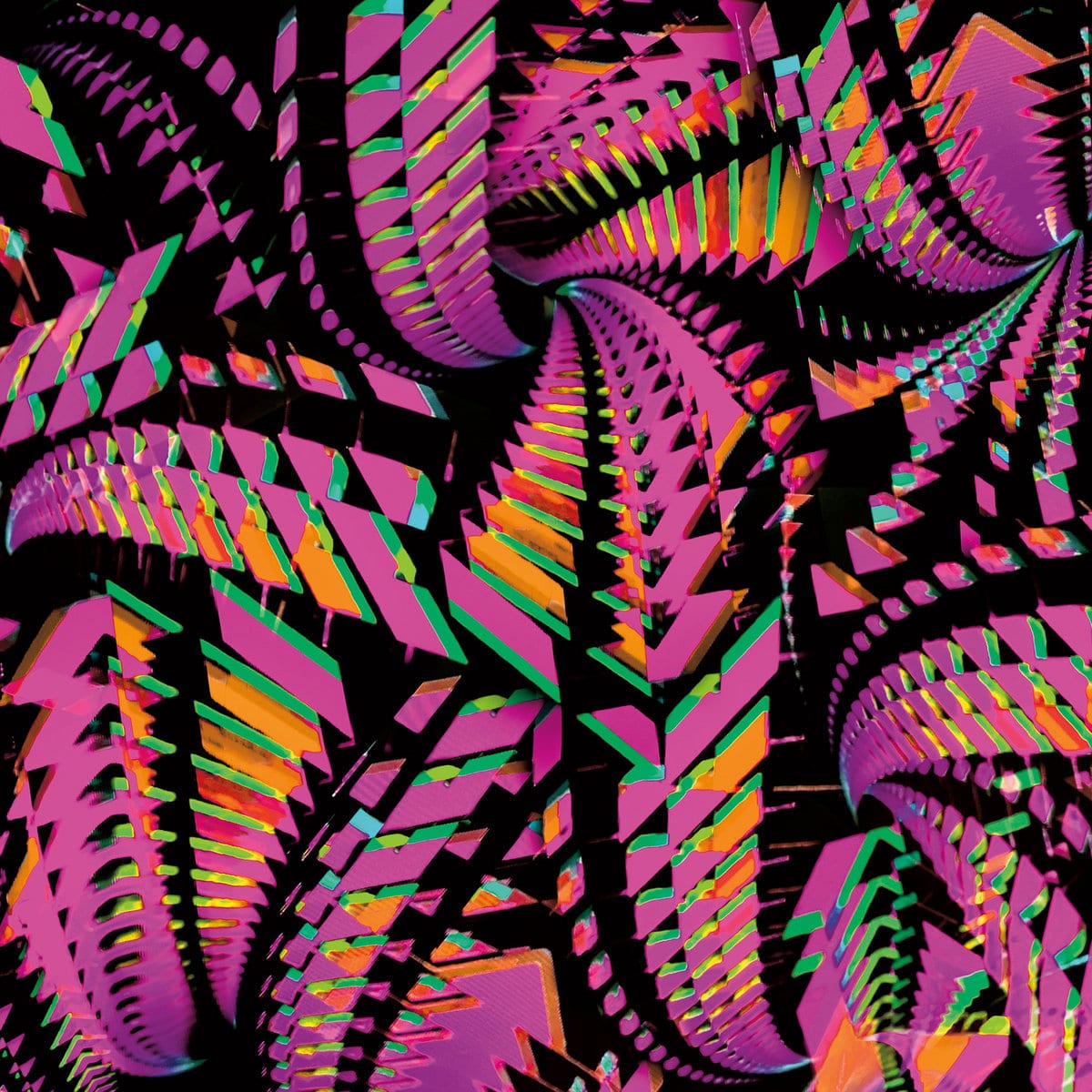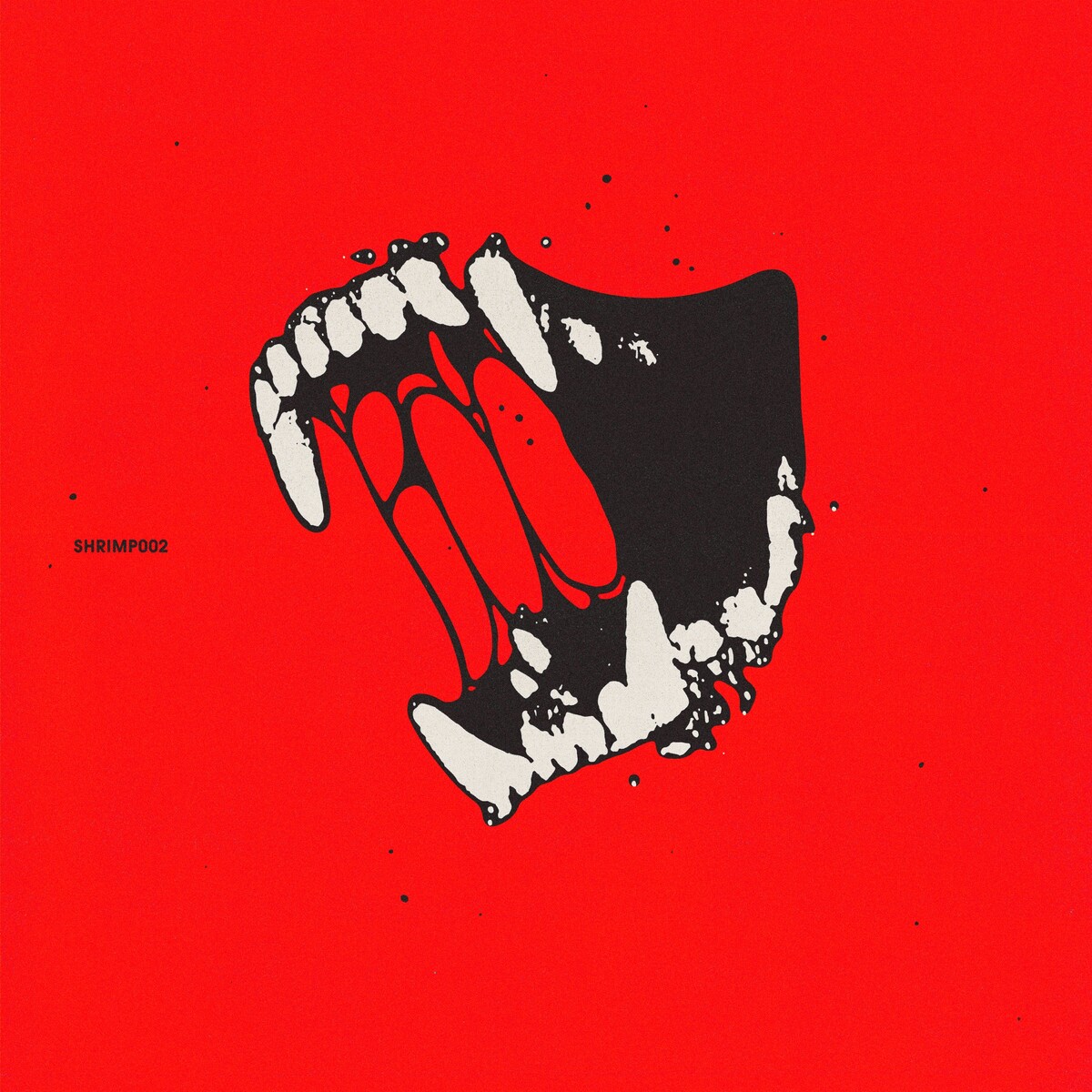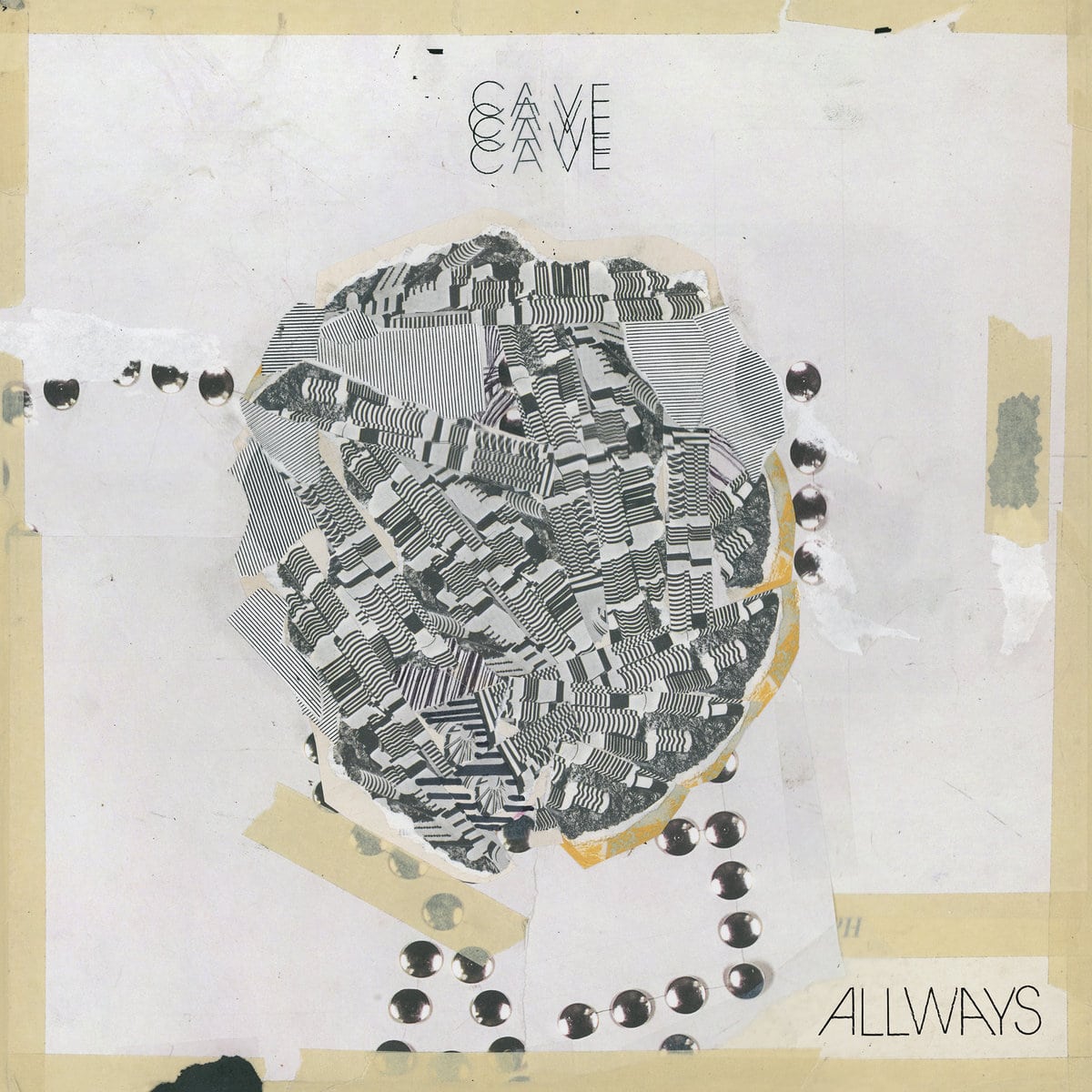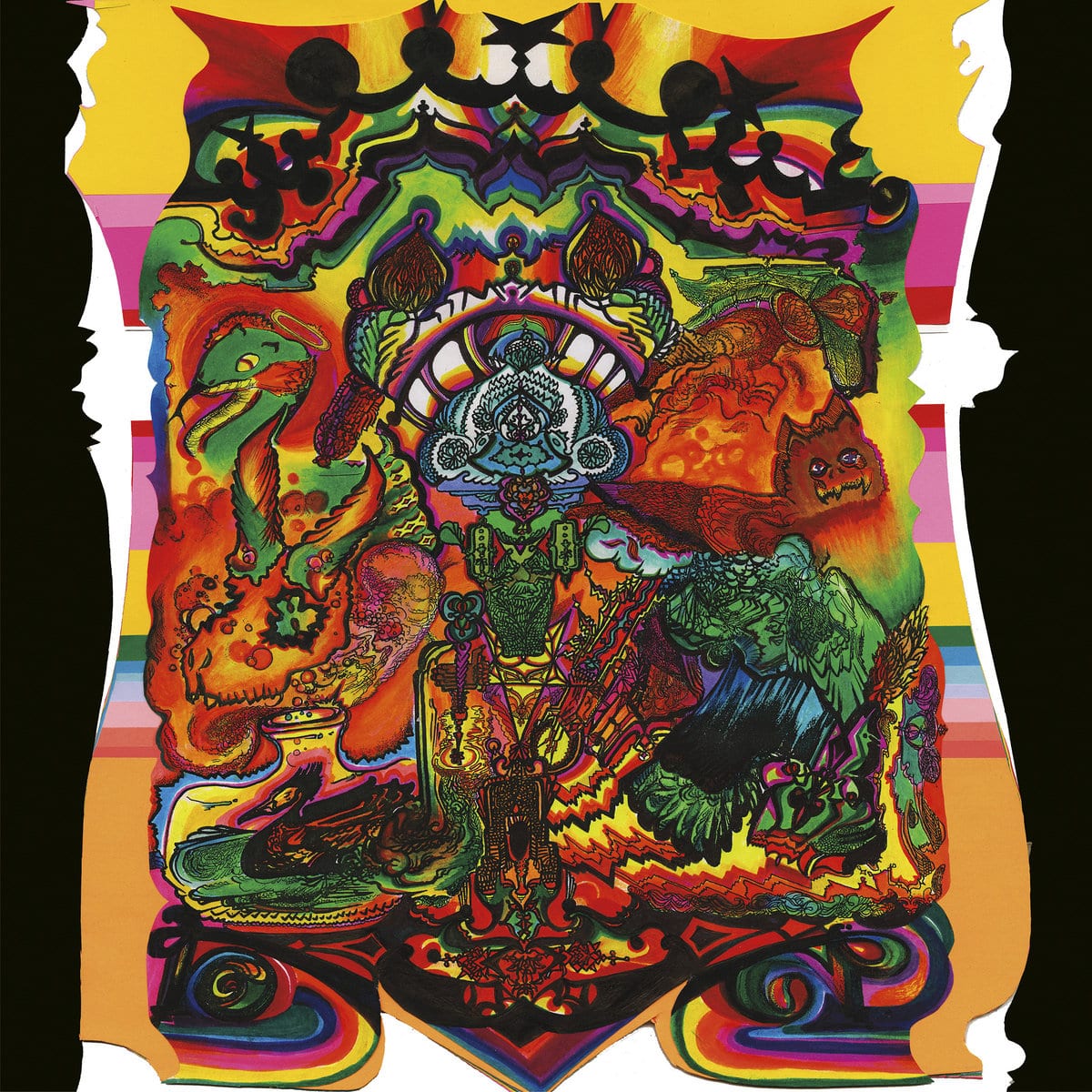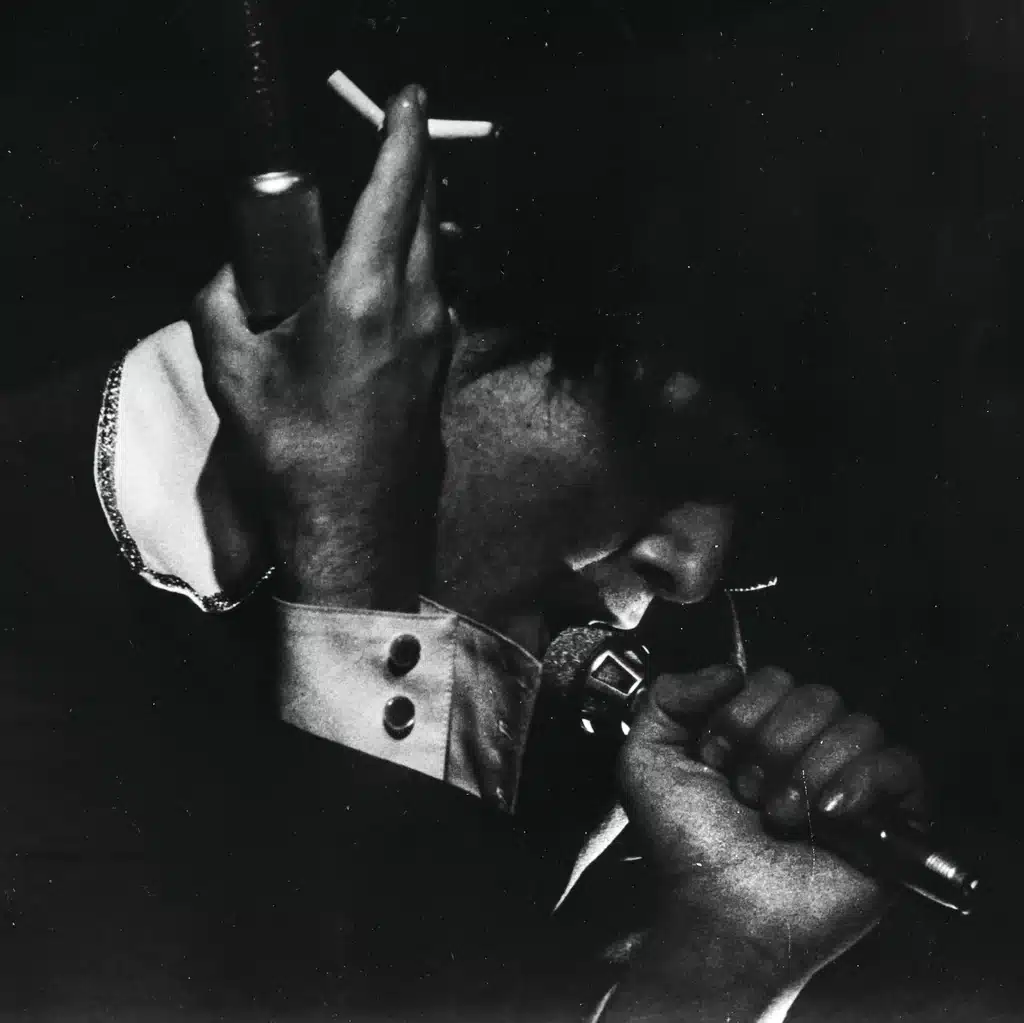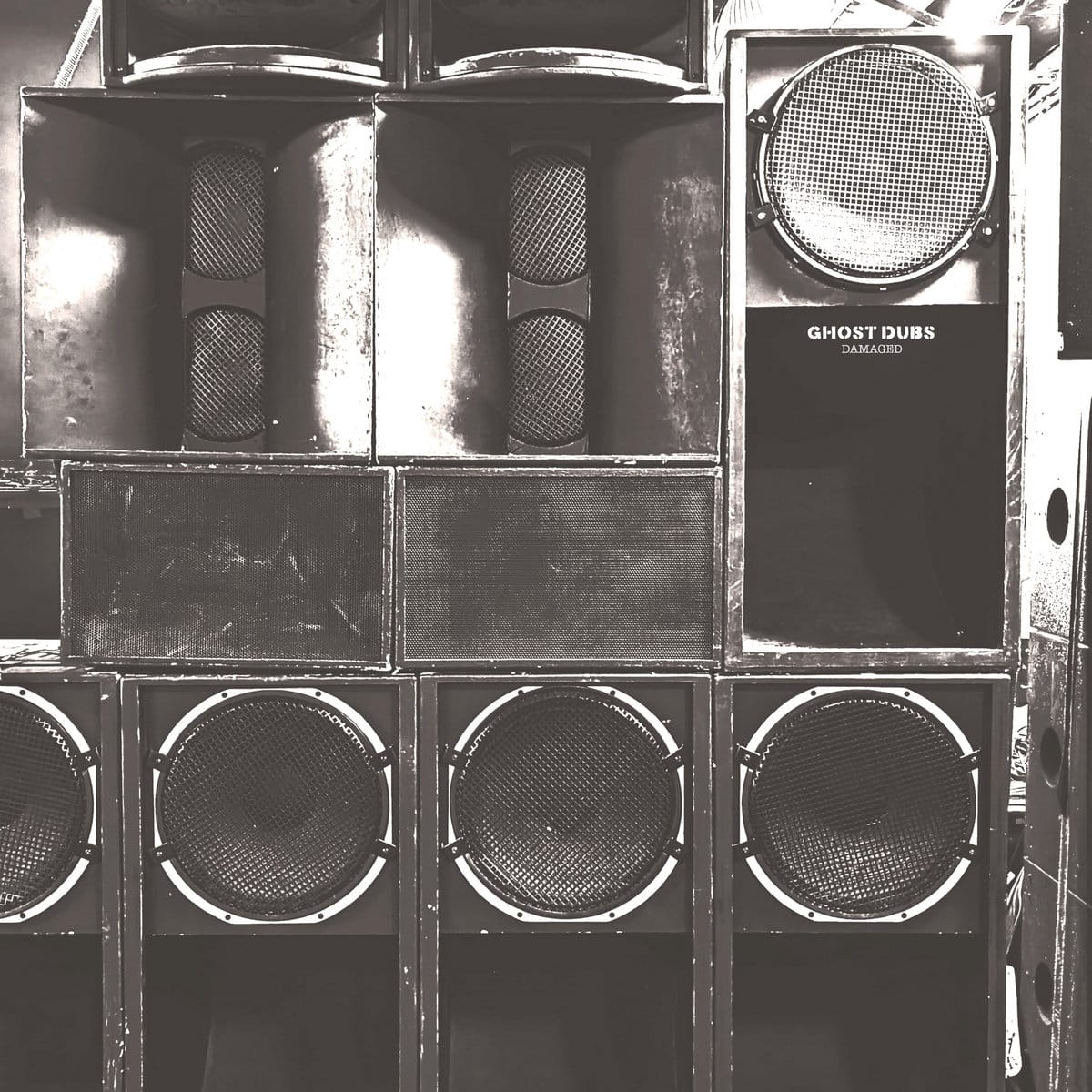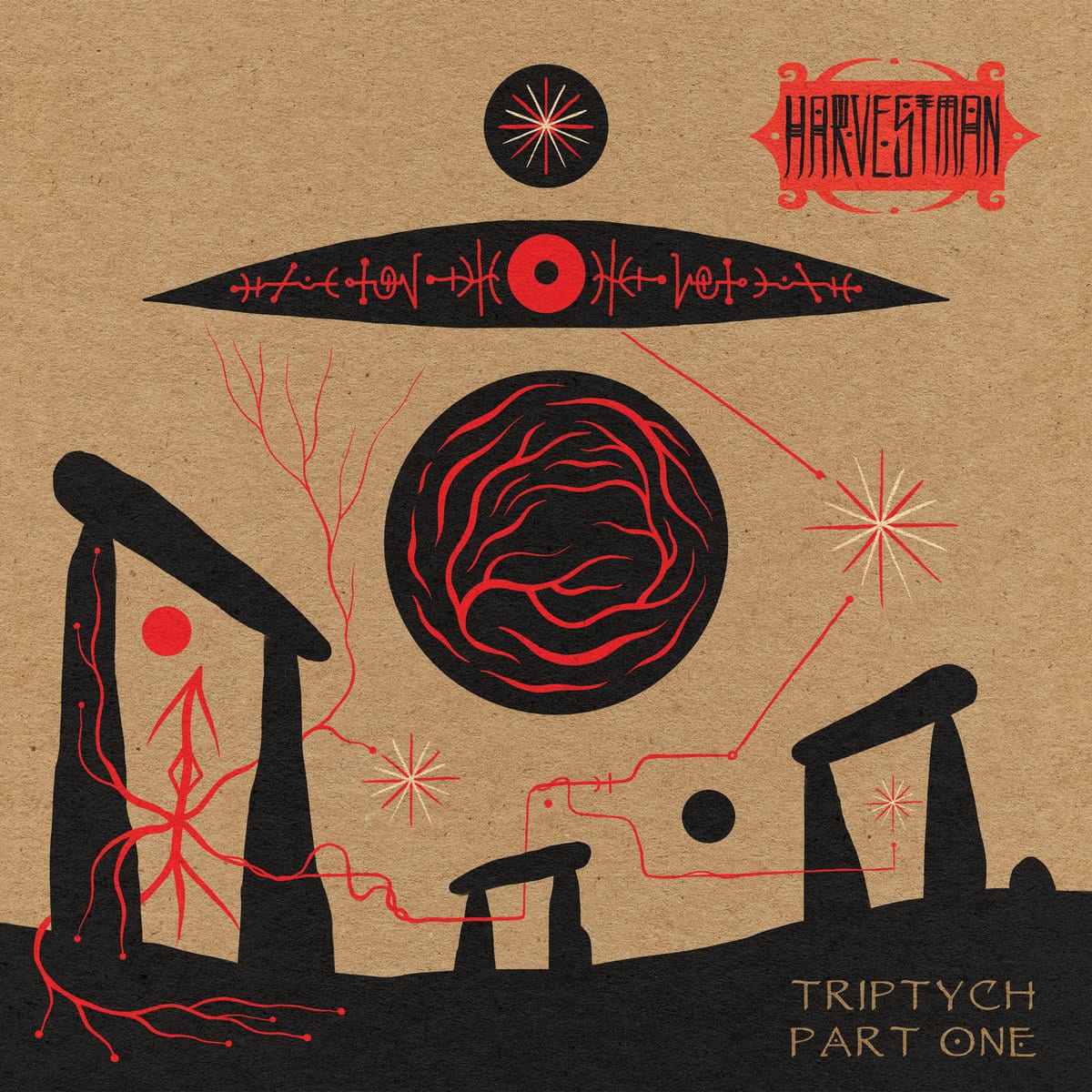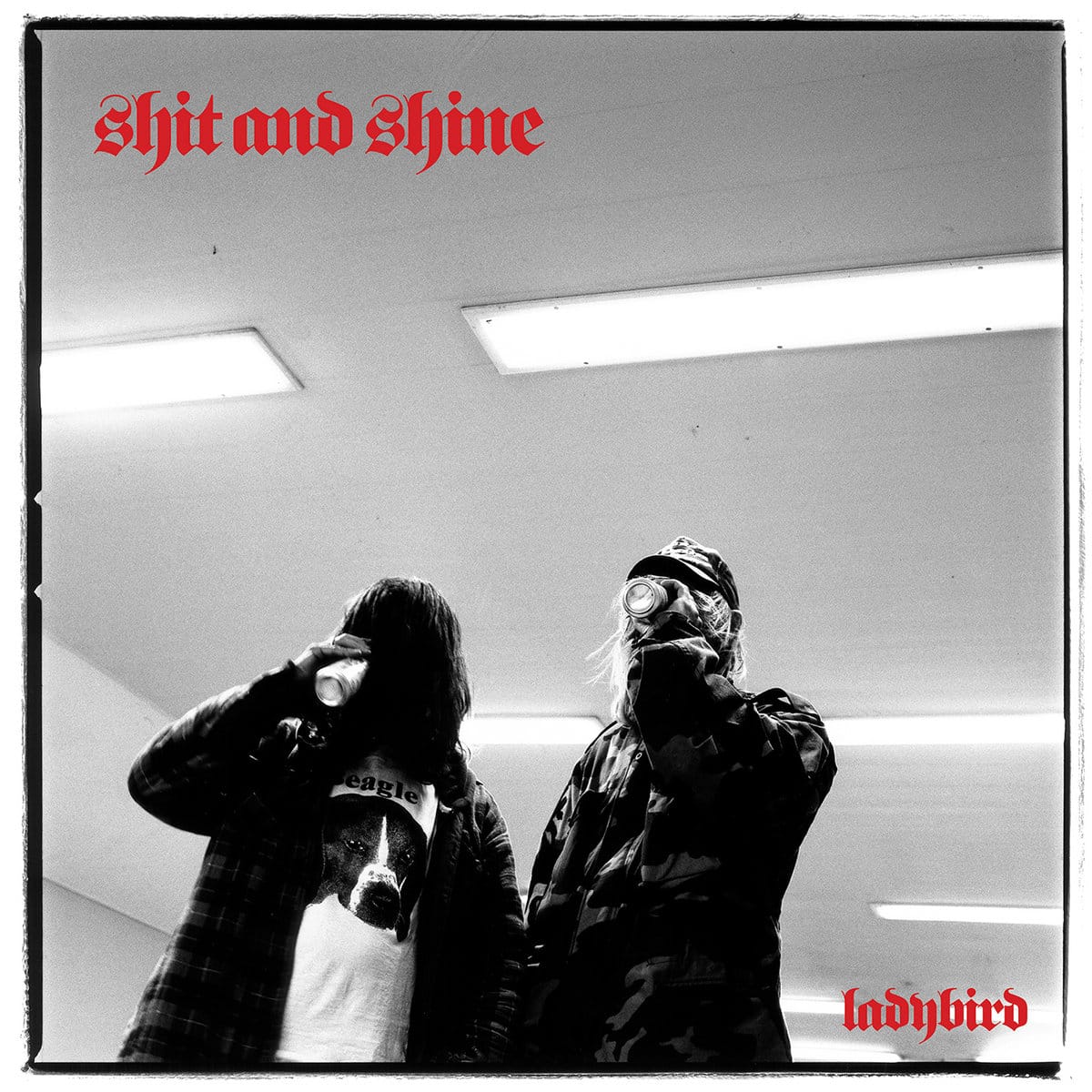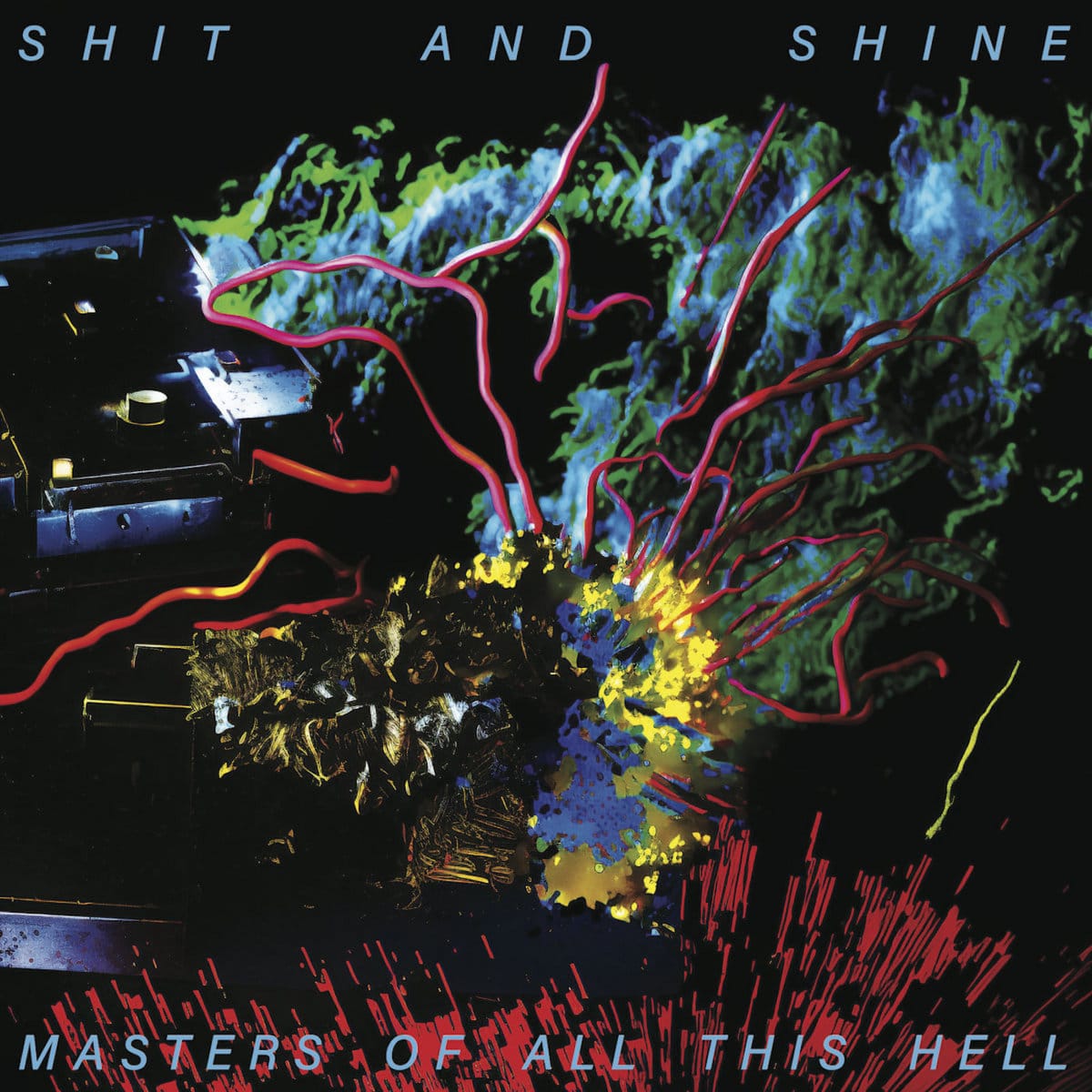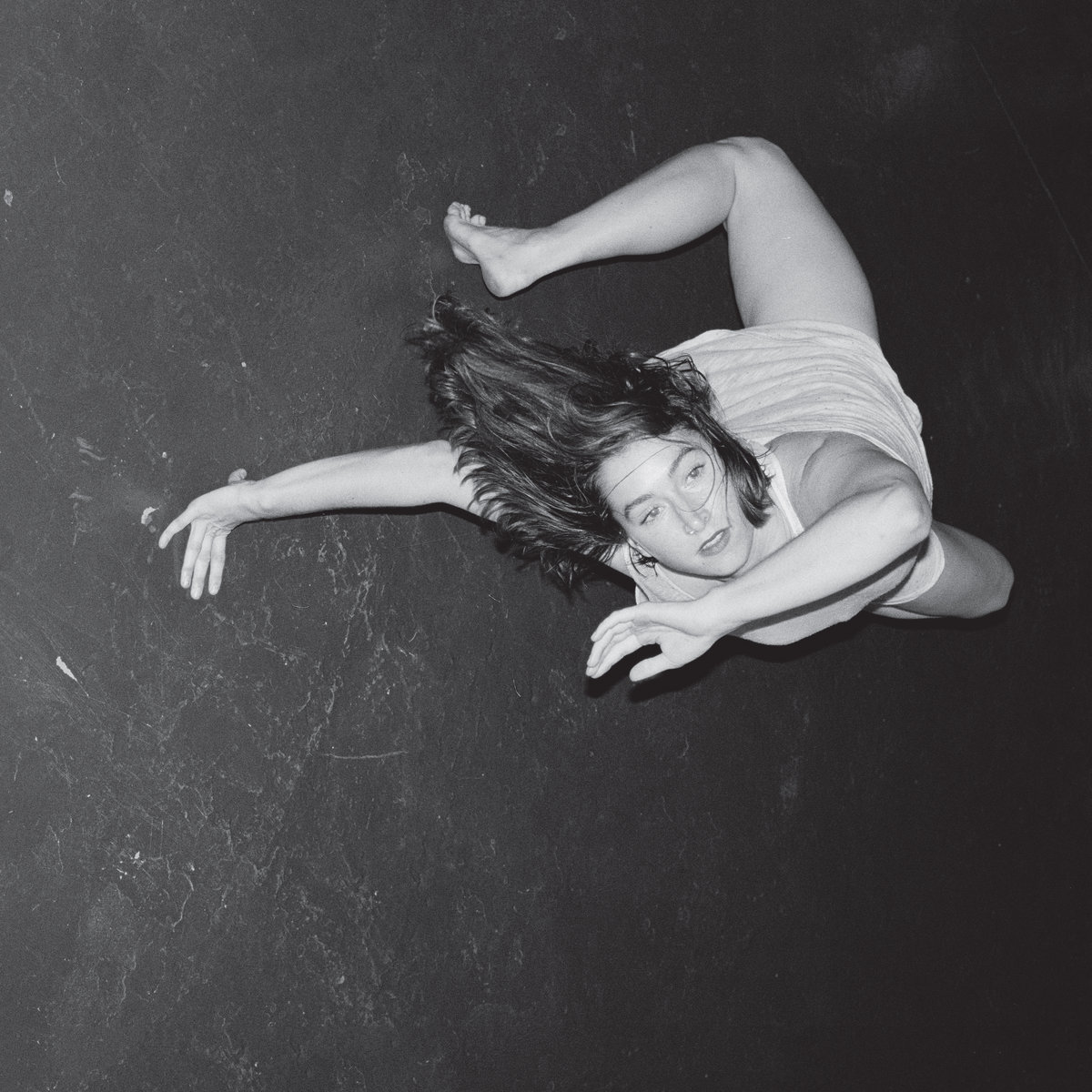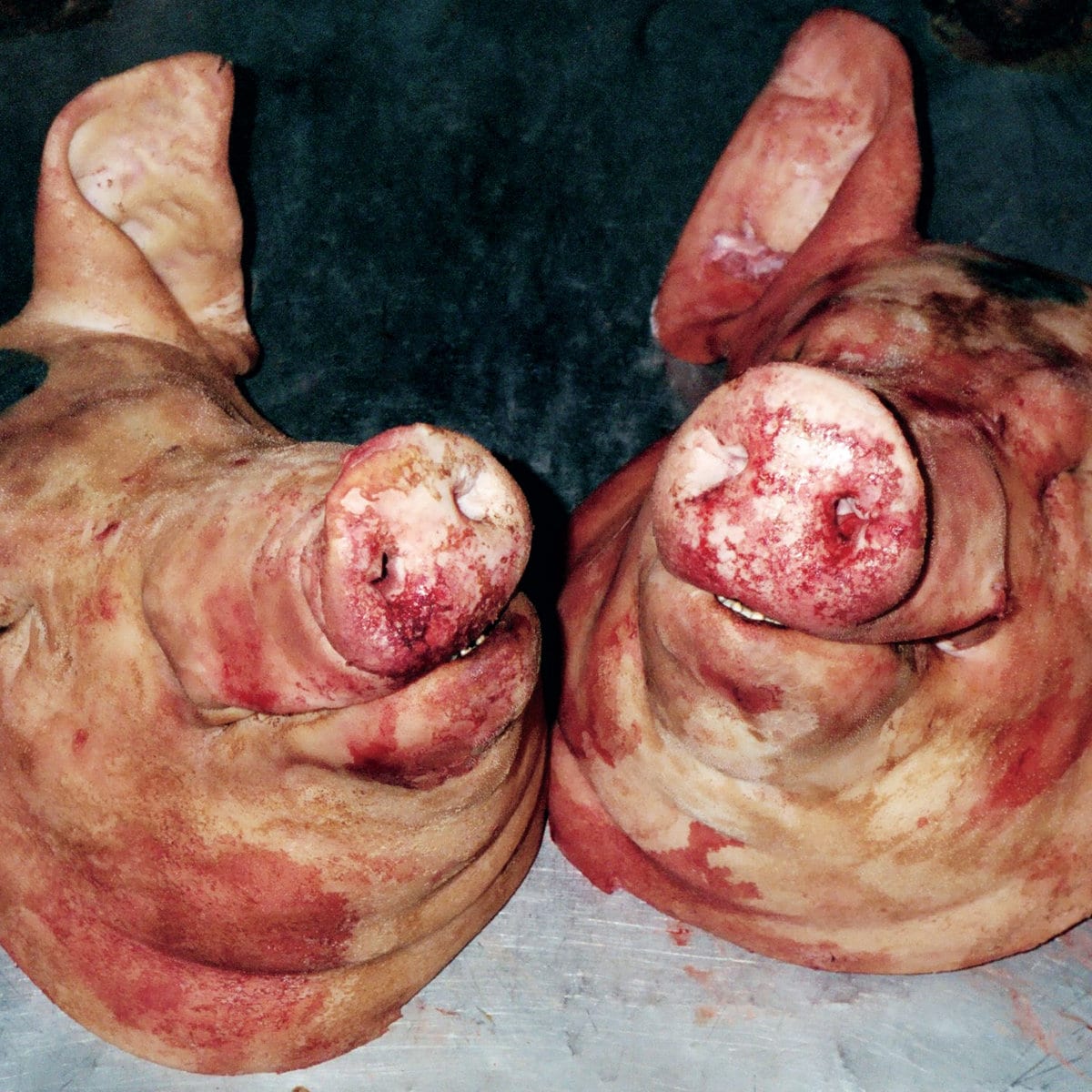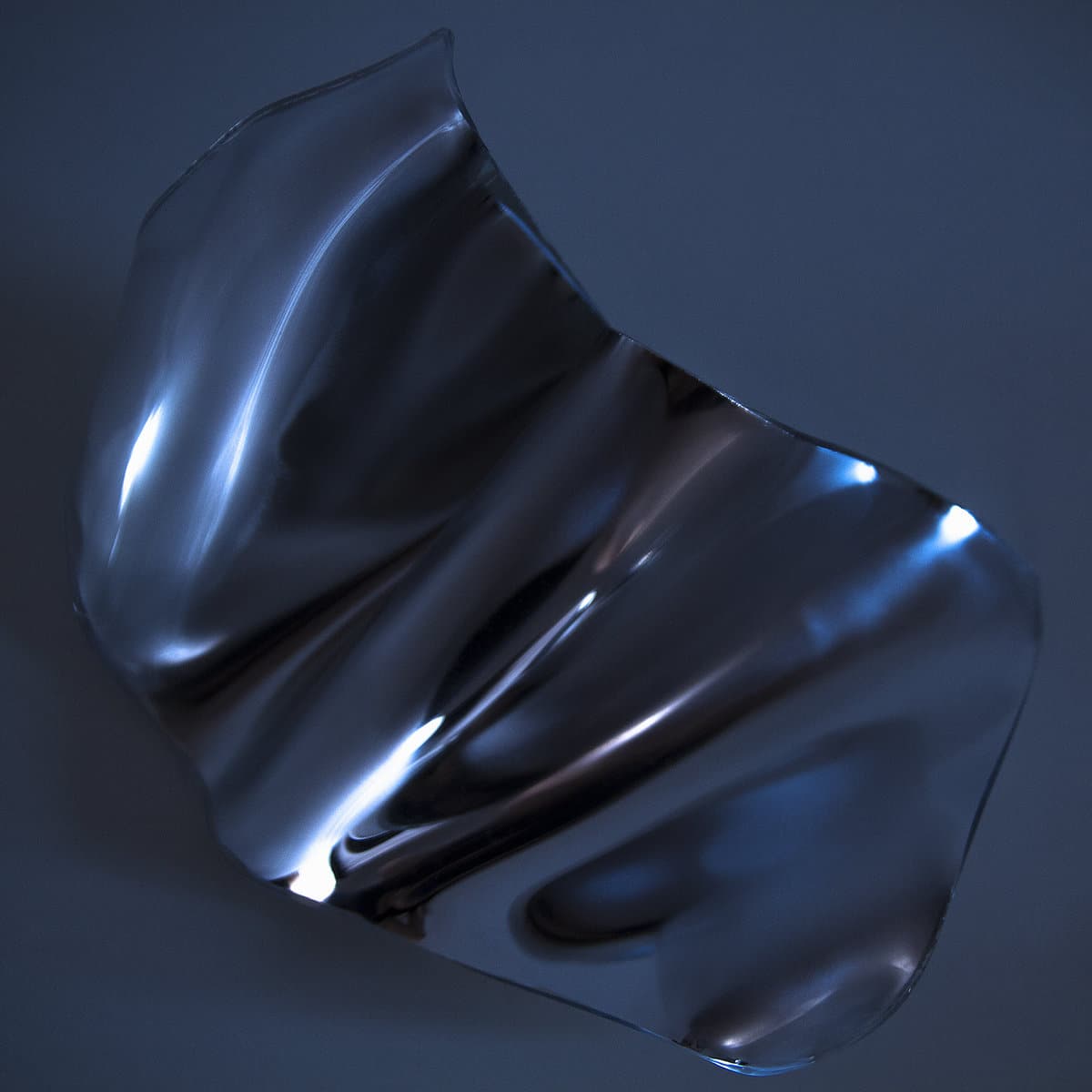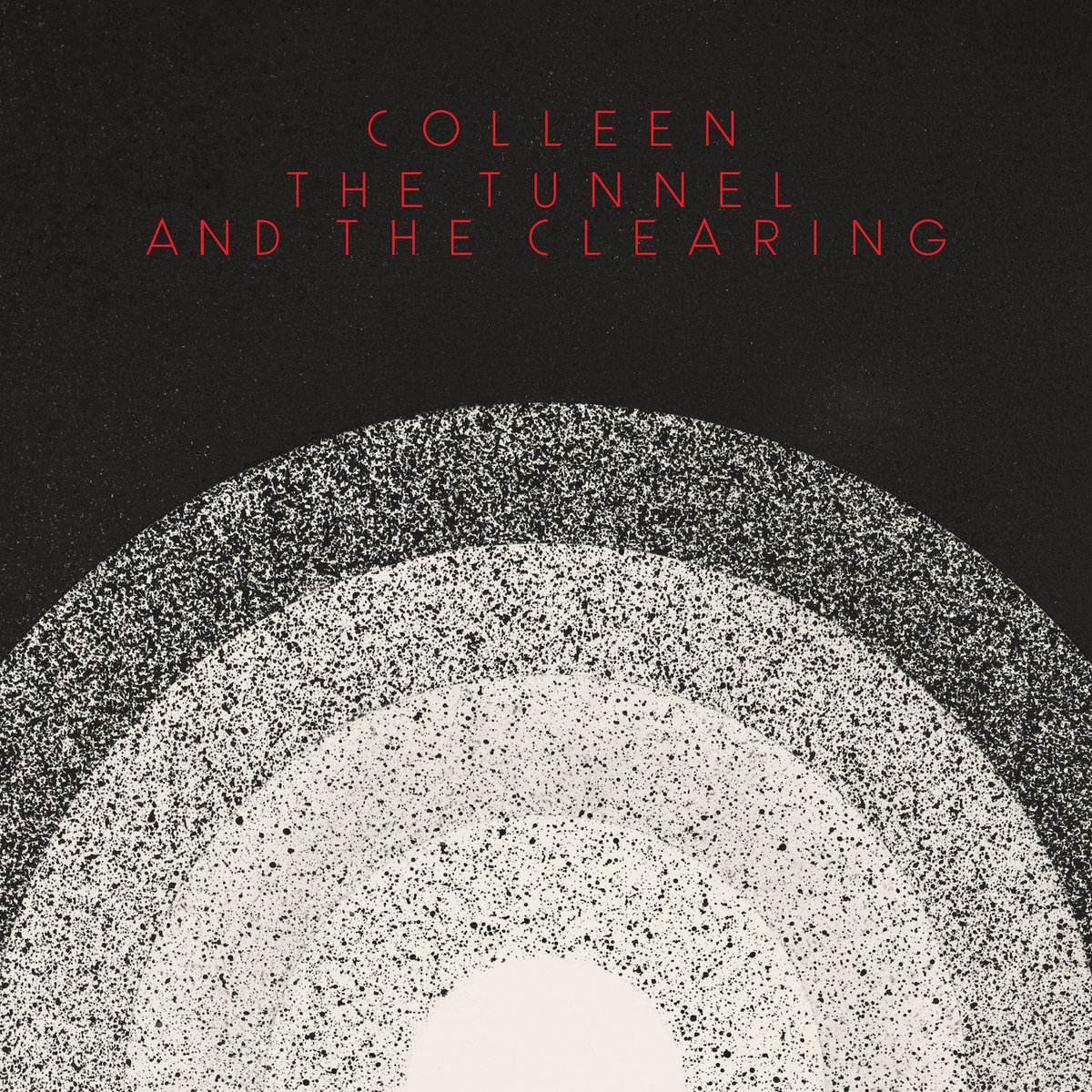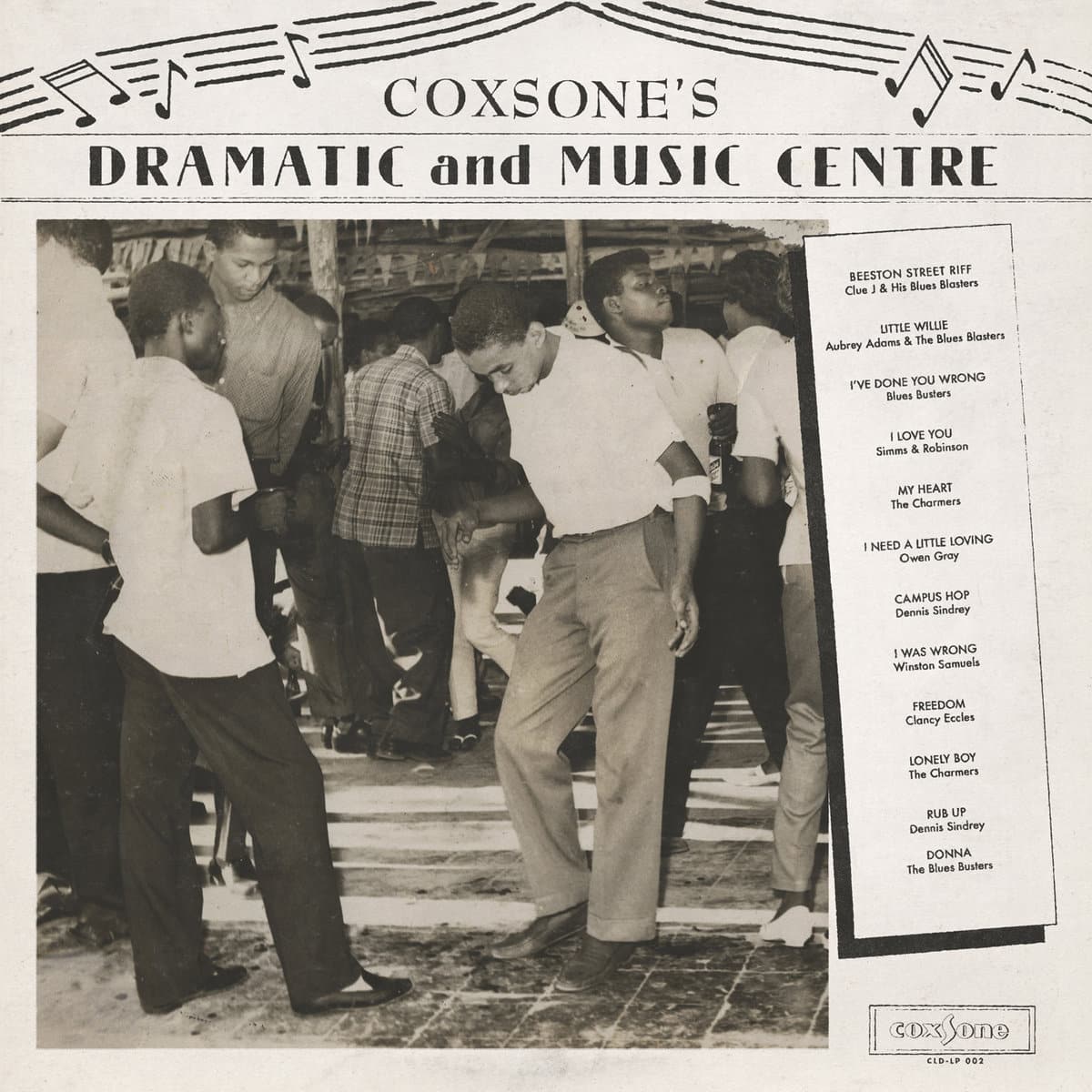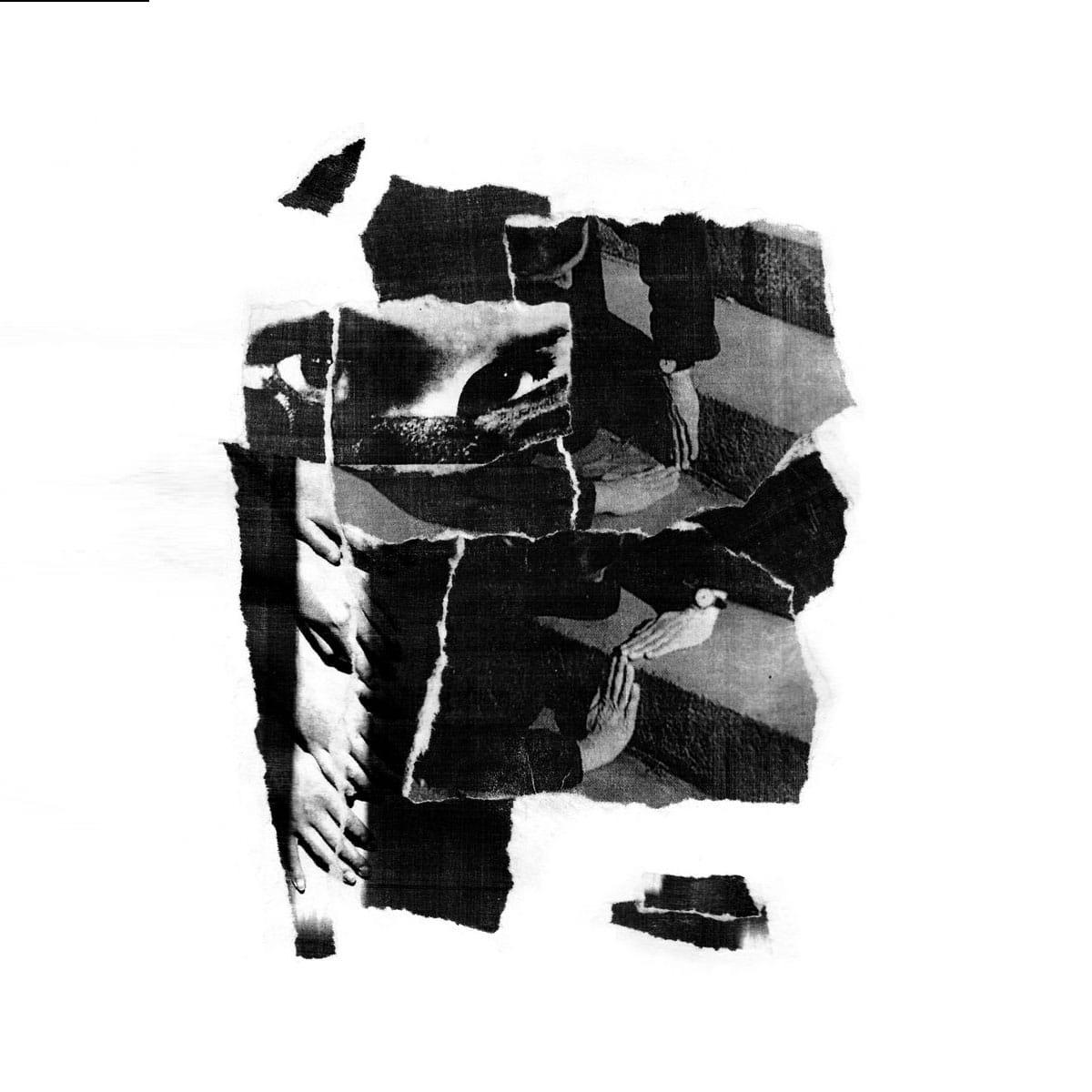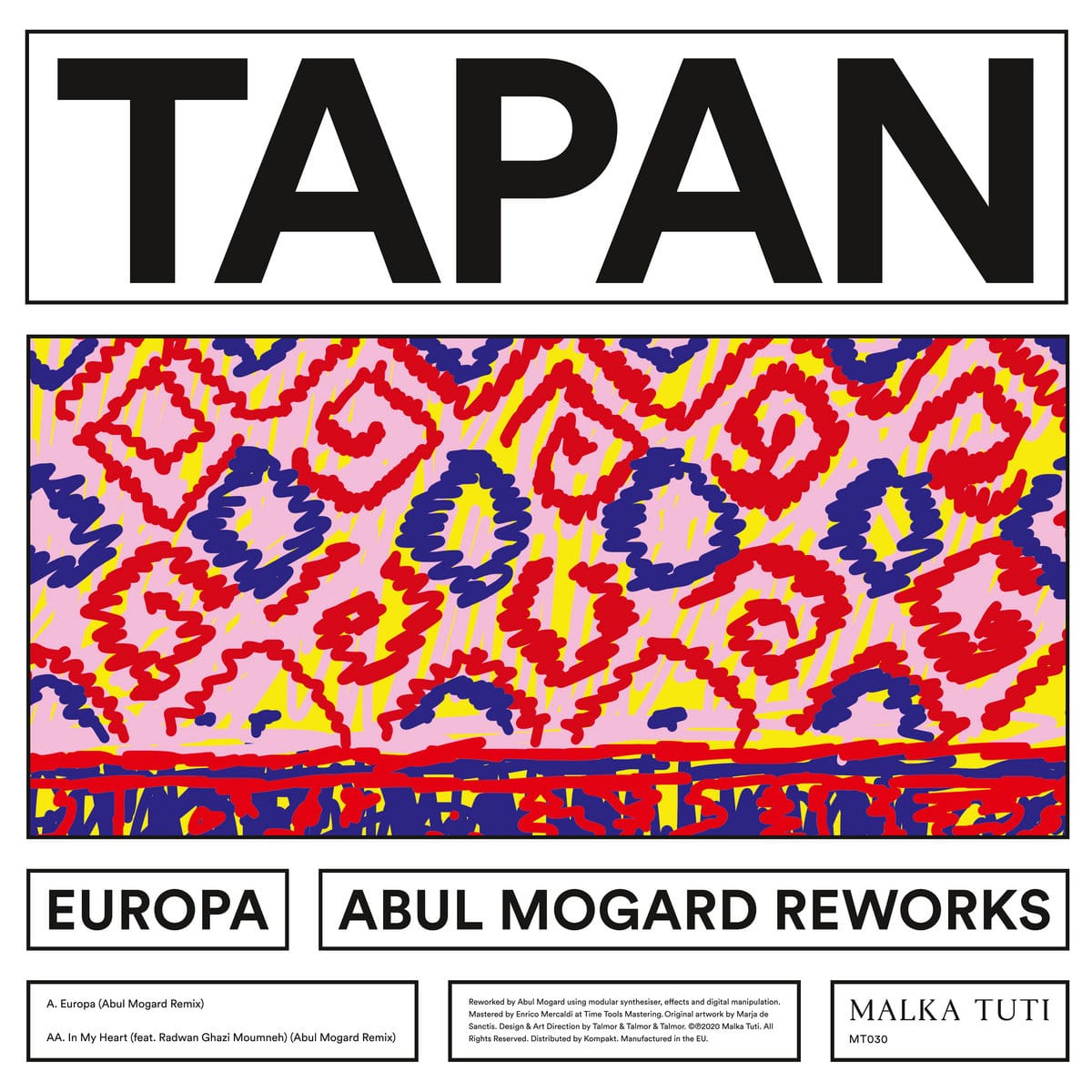Oranssi Pazuzu – Muuntautuja

 Album Info
Album Info
Oranssi Pazuzu is a Finnish psychedelic black metal band which was formed in 2007. The band originally consisted of vocalist and guitarist Juho “Jun-His” Vanhanen, drummer Jarkko “Korjak” Salo, guitarist Moit, keyboardist and percussionist Ville “Evil” Leppilahti and bassist Toni “Ontto” Hietamäki. Moit left the band in 2016 and was replaced by Kairon’s Niko “Ikon” Lehdonti.
The band’s name is made up of the words “oranssi”, the Finnish word for orange, and Pazuzu, the wind demon from Babylonian mythology. They recorded their debut album, Muukalainen puhuu in 2008, which was released through Violent Journey Records in 2009, followed in 2010 by a split LP with Candy Cane. Their second full-length album, Kosmonument, was released in 2011 through Spinefarm. In 2013, Svart Records released their third album, Valonielu. The album Värähtelijä which was released in 2016 received particularly positive reviews. In 2017, they released the two-track EP Kevät / Värimyrsky. Their fifth album, Mestarin kynsi was released in 2020 and Muuntautuja, the sixth, in 2024.
Their sound is generally dense, multi-layered and claustrophobic without becoming too suffocating, like blut aus nord’s. It certainly takes several listens to unlock the structure of the songs, which compared to their previous album are shorter and more direct, but no less dense. Their rhythms continue to be heavily repetitive and hypnotic, the electronics and samples are not only decorative but give a sense of cosmic horror and dread which both the vocals and the guitars in turn, greatly intensify.
The listener finds themselves (I was about to write “lost” but decided against it after I realized that in any case you have to let go of yourself during this trip-even if it is a bad trip- in order to unlock the charm of this album) in as a claustrophobic and threatening universe as only space (outer or inner) can ever be.
The first track (Bioalkemisti = Bioalchemist) is on the outer limits of black metal. Apart from the well-crafted vocals that are in a similar vein to DSO‘s, the rest of the arrangement, however intense it may be, metal it is not. However, it doesn’t take long for it to introduce you to the world of Oranssi Pazuzu: electronic ominous sounds raise the curtain, persistent, repetitive drums, hissy vocals like whispered screams all follow before the fuzzed up sonic youth guitars explode in flames leading the track to a chaotic climax and a sudden but not untimely end. Here is what differentiates, Muuntautuja from their previous album Mestarin kynsi, where the tracks were almost all ten minutes long, with slow introductions and longer repetitions of motifs.
The second track (Muuntautuja = Shapeshifter) has dub elements (via trip hop) and perhaps, a bit of prog rock. It starts with ominous military drums while layers of synthesizers, guitars and the ever-threatening vocals are built on top and around it. As one would expect, although it starts calmly, it gets really, realy heavy at the end.
The third track (Voitelu = The Anointment) starts with a burst of feedback and immediately goes for blood! This is also the first typically black metal track on the album, but listen to how different its rhythmic basis is -where you’d expect blast beats, they have their own minimalist and repetitive, hypnotic beat -(I would say krautrock but I dare not.) This rhythmic perception is what completely differentiates them from anything else in the black metal scene today. The track starts intensely and adds feelings of disorientation and panic to the whole general malaise. The piano succeeds in providing scattered bittersweet melodies throughout the song. The addition of the piano makes the perfect contrast to the roar of the drums and vocals underneath. It is not dissimilar to their side project Waste Of Space Orchestra of 2019. (I have to say that it greatly reminds me of the almighty Swans in the last two minutes, which is not a bad thing at all!)
The fourth track (Hautatuuli = Grave Wind) has an almost hip hop rhythm. It gets heavier and scarier gradually as it builds up, but it doesn’t seem to be going anywhere. However, it has its own sinister charm and along with
the fifth track (●) which is a dark ambient interlude, is essentially an introduction to
the excellent sixth (Valotus = Exposure) and second black metal track of the album. This one sounds quite similar to the style of DSO, but Oranssi Pazuzu are not mere copy-cats. Their style is theirs and theirs only! The contrast of the slow piano over the fast tempo of the rest of the instruments (demonic vocals and hysterically persistent guitars and the fastest drums of the album) is very successful in lulling the listener with a false sense of calm and security, while the chaos the guitars unleash unfolds underneath. Again the piano successfully adorns the unrelenting chaos and right before the end of the track, it briefly surfaces to lead the piece to an incredible wall-of- noise climax.
The seventh (Ikikäärme = Eternal Serpent) and longest track of the album is, in my opinion, the best one. This is easily the most progressive track of the album. It begins with a lonely piano melody and a fast-slow bass and drum introduction (if you called this drum and bass you wouldn’t be too mistaken). Then, skeletal guitar and distorted vocals together with unsettling samples contribute to the almost symphonic and multi-layered development of the composition as well as the gradual building of tension. Until hell breaks loose. Then, release as the track slowly unwinds.
The eighth and last track (Vierivä usva = Hovering Mist), is just the epilogue. As its title suggests, it is simply the sound of the floating mist which dissipates while uncovering unknown hidden terrors. This is a slow, distorted instrumental that dissolves in the air in the end and brings this record to a close.
In conclusion: is Muuntautuja the best Oranssi Pazuzu album, yet? The answer is no – this is 2016’s Värähtelijä, but it’s the best introduction to their sound. It is less exhausting than their previous efforts and being shorter in duration (43:05) it does not wander, nor does it get lost in long psychedelic jams. Although the metal elements are fewer compared to their previous albums, this album does not lack intensity and compositional originality. The calm interludes, while not that necessary, do a wonderful job in providing breaths and bridges to the other more ecstatic parts and climaxes of this album. On the other hand, the trip hop elements (which reminded me of the faulty, My Dying Bride, 1998 album, 34.788%… Complete), while not my cup of (mushroom) tea, are also quite threatening and interesting. They soothe and at the same time, reinforce the listener’s feelings of stress and anxiety, thus contributing to the overall uneasiness of the album.
Although Oranssi Pazuzu share elements and tropes with other avant-garde black metal bands such as Deathspell Omega or to a smaller degree with Imperial Triumphant and A Forest of Stars, they have a very unique style of their own. Now, how worthy of repetition is this record is another story… I, for one, will keep returning as I find this (and their previous albums) strangely addictive.
words: george alexopoulos
Soon Over Babaluma

an observation platform.
 relative
relative
